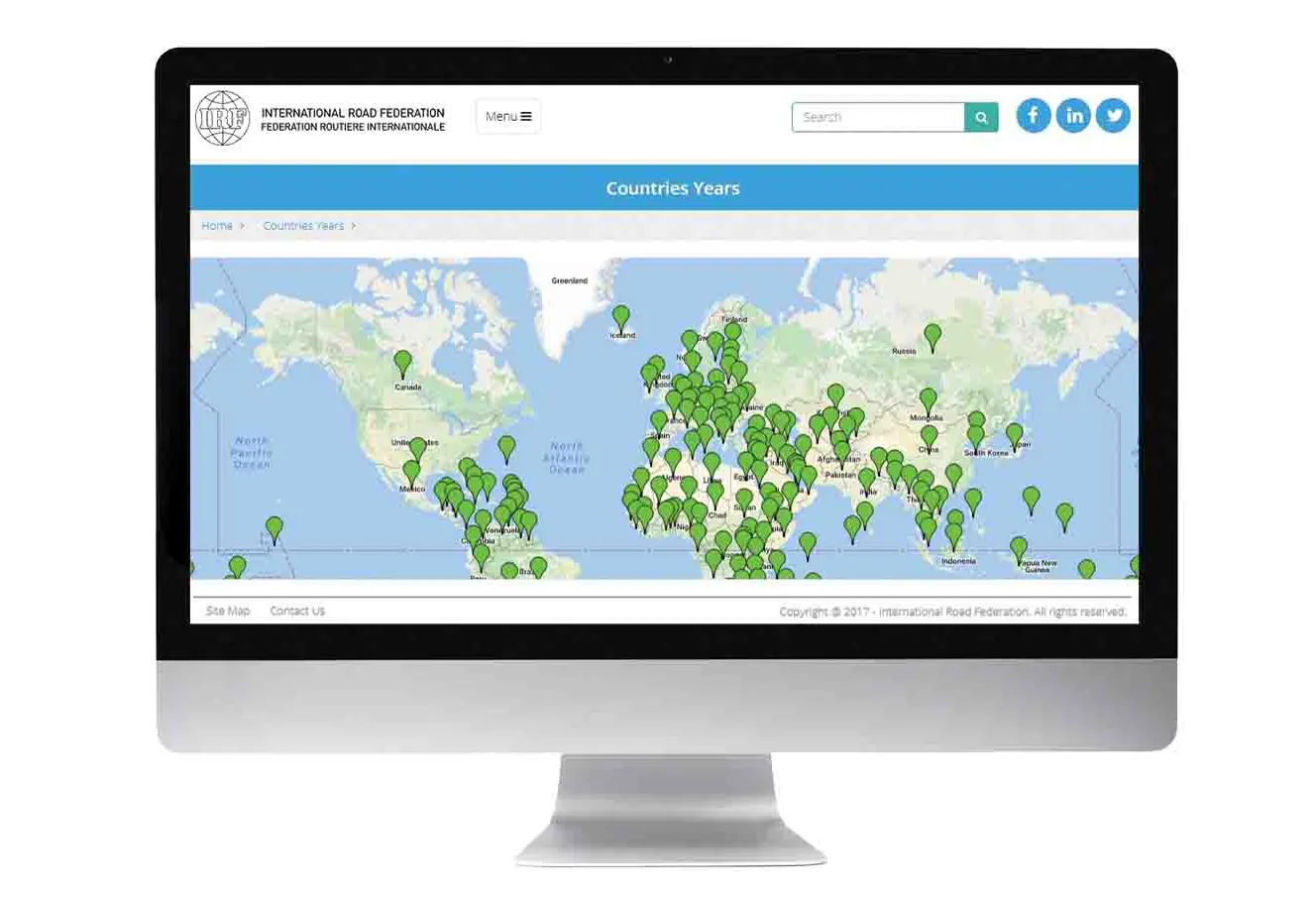Uzbekistan plans to build around 2,700km of roads by 2019 at a cost of around US$590 million.
Around 2,280km will have a bituminous concrete surface and 418km will be a concrete surface.
In July, the World Bank said it will grant Uzbekistan a $200 million loan for 25 years towards paying for the $240 million Regional Roads Development project that is scheduled to be completed by 2021, according to UzDaily.uz.
Uzbekistan’s government also reported that around 117km roads were built in the first half
September 30, 2015
Read time: 1 min
Uzbekistan plans to build around 2,700km of roads by 2019 at a cost of around US$590 million.
Around 2,280km will have a bituminous concrete surface and 418km will be a concrete surface.
In July, the World Bank said it will grant Uzbekistan a $200 million loan for 25 years towards paying for the $240 million Regional Roads Development project that is scheduled to be completed by 2021, according to %$Linker:2 External <?xml version="1.0" encoding="utf-16"?><dictionary /> 0 0 0 oLinkExternal UzDaily.uz Visit uzdaily.uz website false http://uzdaily.uz/ false false %>.
Uzbekistan’s government also reported that around 117km roads were built in the first half of this year.
Around 2,280km will have a bituminous concrete surface and 418km will be a concrete surface.
In July, the World Bank said it will grant Uzbekistan a $200 million loan for 25 years towards paying for the $240 million Regional Roads Development project that is scheduled to be completed by 2021, according to %$Linker:
Uzbekistan’s government also reported that around 117km roads were built in the first half of this year.






